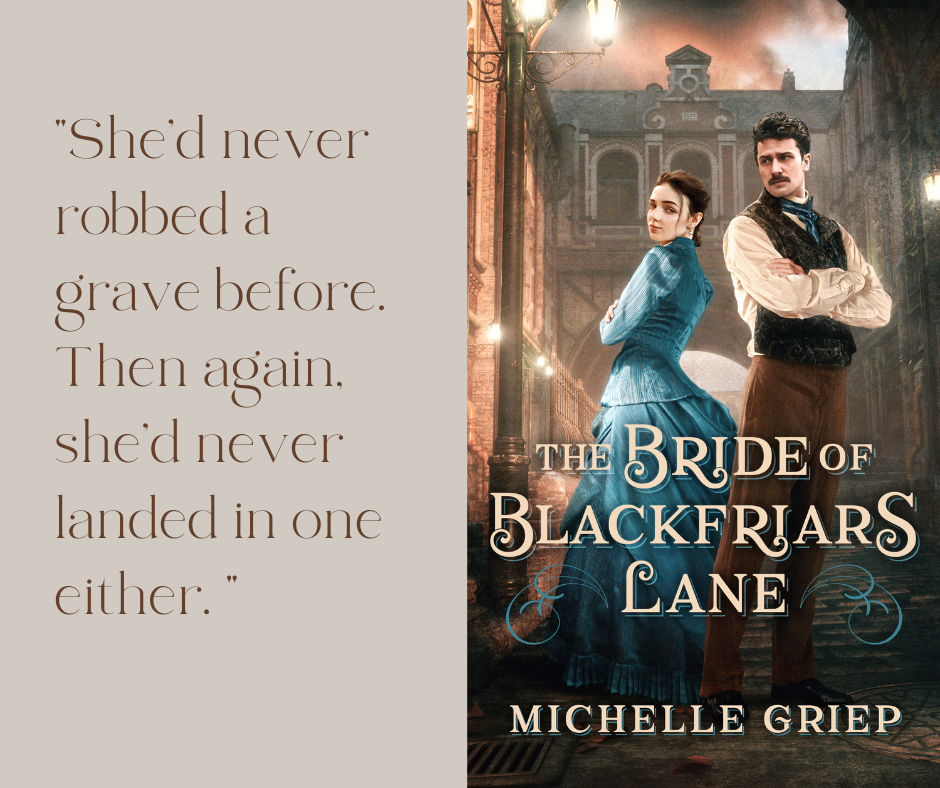Victorian Casual Wards
Nineteenth-Century Housing for the Homeless
In my new release, The Bride of Blackfriars Lane, the reverend Mr. Harpenny rescues the adventurous heroine Kit from a hole into which she’d fallen. Judging by her unkempt appearance, he assumes she’s destitute and offers to get her into a casual ward…but what in the world is that?
A “casual” (or sometimes a vagabond) is what Victorians called tramps or wayfarers. Workhouses were available for the homeless, but they were quite an undesirable place to live. More like a prison, really. And a casual ward—which was part of a workhouse—was even more disagreeable. They did this on purpose, so that vagrants would be motivated to find work and lodgings elsewhere.
These wards weren’t easy to get into, either. Often you would have to stand in line for hours—if there were even any space available. Imagine waiting that long only to be turned away at the door. But if you were one of the lucky ducks, you’d enter into a large room containing scant bedding (think a pile of straw with rags for blankets) and a sanitation bucket. An occupant would be required to work before leaving the following day, usually pointless jobs like breaking stones or picking oakum (oakum is old, tarred ropes and cordage salvaged from ships, and it tore your fingers apart when working to separate it for reuse).
Women had different lodgings than the men, but that didn’t mean they were any more posh or less disgusting. Still, it was better than freezing outside on the streets, or so some thought.
Not Kit, though. She grew up in Dickensian London. Follow her adventures in The Bride of Blackfriars Lane.
Purchase your copy now at your favorite bookseller and/or enter the Rafflecopter Drawing below to win a signed copy. Happy reading!
